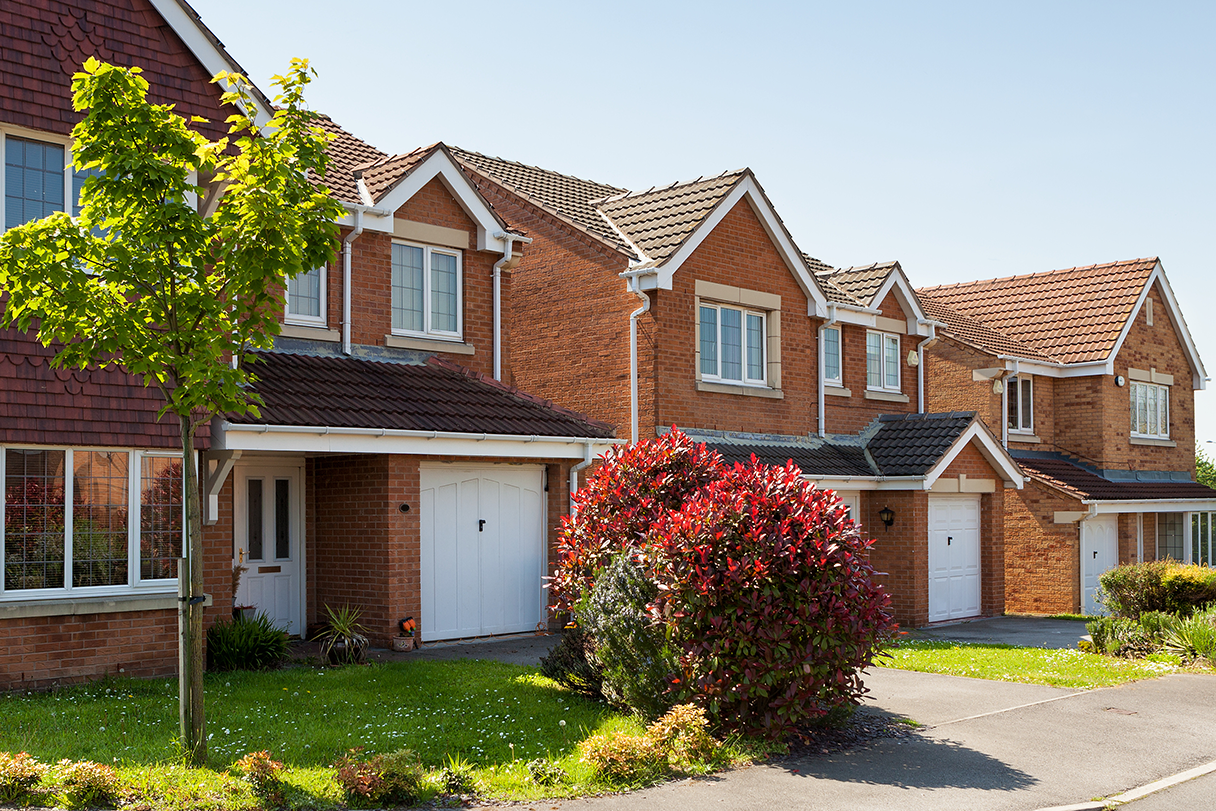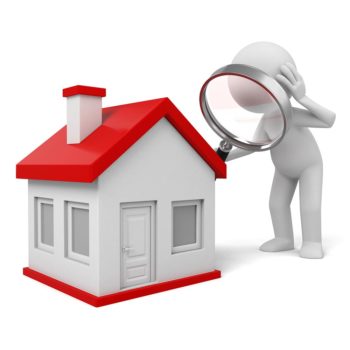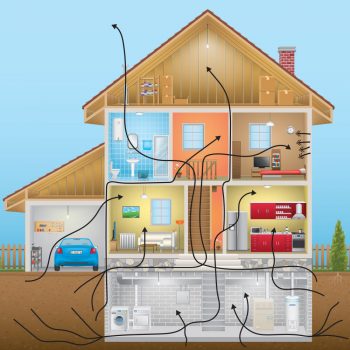Springtime brings many things in the UK, and one of them is peak housing market season. If you’re in the middle of buying a home, chances are you’re trying to navigate a seemingly endless conveyancing checklist. And chances are that conducting radon testing is somewhere on that list.
Radon exposure is little-known but potent health hazard. If left unchecked, it can cause lung cancer in the long term, which is why it’s important to make sure your new home is safe before you move in. The good news is that radon testing is both simple and inexpensive, and we’ve come up with five key steps to make it even simpler.
-
Check the UK Radon Map
Before testing, it helps to know your risk level. The UK Health Security Agency’s (formerly Public Health England) free UK Radon Map will show the likelihood of high levels by postcode. If the property is in a higher-risk area, it’s a clear signal to test, but bear in mind that as the map is based on geological influence and existing test data, it only indicates risk. It can’t measure indoor levels and for this reason it should not be used as a definitive means of testing; even homes in low-risk areas will still contain radon.
-
Choose the right test kit
Radon testing doesn’t require expensive equipment or specialist visits. It’s a very simple DIY process: small plastic pods are placed in rooms most frequently used for a designated period, then returned for laboratory analysis. Standard testing kits such as Radtrak³® require a minimum of 90 days to deliver a measurement, but if results are required sooner, options are available. Our Rapidos® short-term testing kits are specifically designed for the housing market and have a minimum testing period of just ten days.
-
Check for home improvements
Energy-efficiency is a key consideration for any homebuyer but it has a drawback – it makes it harder for radon gas to escape, which can therefore lead to high concentrations. Any change to a building’s structure, whether it’s a major extension or installation of double-glazing, can influence its indoor radon levels. If a radon test took place prior to any works being carried out by the seller, ignore it – it’s essential to get a new one done.
-
Running out of time? Get a radon bond
If you can’t wait for your test results before the contract exchange, we’d advise requesting a radon bond be put in place. This is a sum of money put aside by the seller through their solicitors to pay for any future radon mitigation works that might be necessary after completion. If the test results indicate a level lower than the action level (usually 200 Bq/m³), the money is returned.
-
High levels present? Don’t panic
Simple remedial methods exist to reduce high radon levels effectively. The most important thing to remember is to make sure any work is carried out by a certified professional – use the UK Radon Association members list to find one near you. It’s also essential to conduct follow-up testing afterwards, ideally using long-term detectors or a fully calibrated digital device such as SPIRIT®.
Don’t let radon ruin your dream home. Visit our FAQ page or contact us to learn more about it, and sign up to our mailing list to stay informed.
Radonova UK



[activecampaign form=3 css=1]







